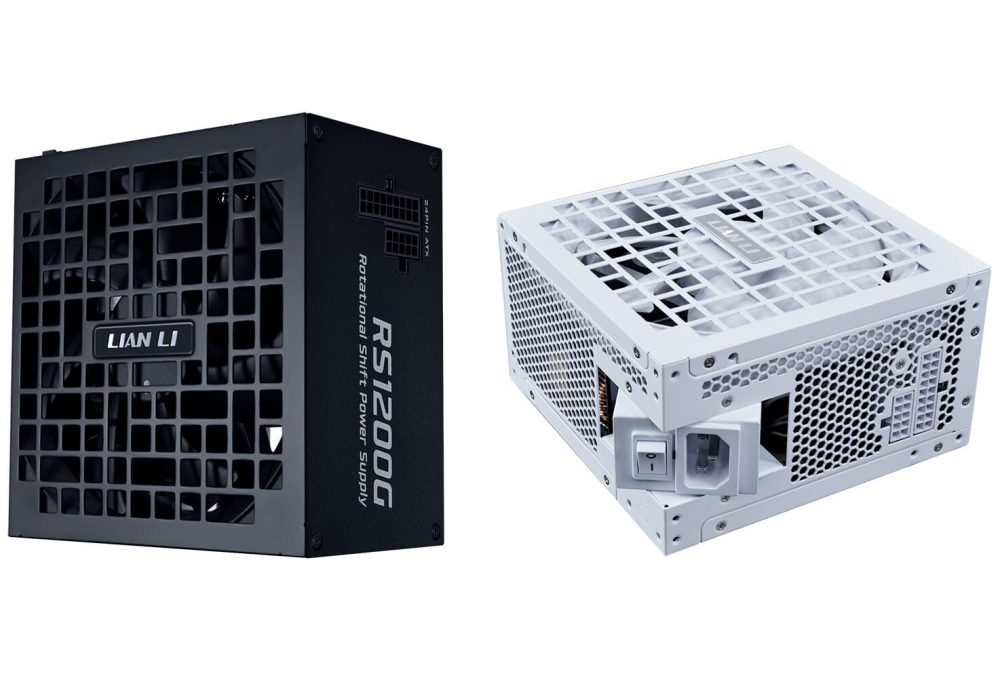Cornell University engineers have unveiled the world’s first microwave-powered computer chip, a groundbreaking processor that could redefine computing speed, energy efficiency, and AI performance.
Dubbed the “microwave brain,” the silicon chip can process ultrafast data and wireless signals simultaneously while consuming less than 200 milliwatts of power, about the same as a smartphone transmitter. Instead of relying on traditional digital transistors and step-by-step logic, it harnesses analog microwave physics to perform real-time computations such as radar tracking, signal decoding, and anomaly detection.
Published in Nature Electronics, the study marks the first fully integrated microwave neural network (MNN) on a silicon microchip. It bypasses many of the conversion and correction steps that slow down digital processors, offering a more direct path from input to insight.
“Because it can distort and process signals across a wide range of frequencies instantaneously, it can be repurposed for multiple computing tasks,” said Bal Govind, lead author and doctoral researcher at Cornell. “It bypasses a large number of signal processing steps that digital computers normally have to do.”
Microwave Intelligence: Computing at the Speed of Light
The chip functions as a neural network, a system inspired by the brain’s structure. Still, instead of digital nodes, it uses tunable microwave waveguides to recognize patterns and learn from data. This design enables it to handle data streams at tens of gigahertz, far exceeding the typical 2.5–4 GHz range of modern CPUs.
According to co-senior author Alyssa Apsel, director of Cornell’s School of Electrical and Computer Engineering, “Instead of trying to mimic the structure of digital neural networks exactly, Bal created something that looks more like a controlled mush of frequency behaviors, and it delivers high-performance computation.”
Tests show that the chip achieved 88% accuracy in wireless signal classification tasks, comparable to digital neural networks but with a fraction of the power and size. Its extreme sensitivity to input signals also makes it ideal for hardware security, enabling the detection of anomalies across multiple microwave frequency bands.
Smarter, Smaller, and Greener AI
Because of its low power requirements, the microwave chip could soon find its way into edge devices such as smartwatches, smartphones, and IoT sensors, enabling on-device AI processing without relying on cloud servers. Researchers are already exploring ways to scale the design, shrink its footprint, and integrate it into broader computing systems.
Supported by the Defense Advanced Research Projects Agency (DARPA) and the National Science Foundation, the project could signal the start of a new computing era, one in which microwave-powered chips operate at light speed while consuming almost no energy.
With this breakthrough, Cornell’s engineers may have just unlocked the key to faster, cooler, and far more efficient computing, a significant leap toward the next generation of AI and wireless intelligence.


